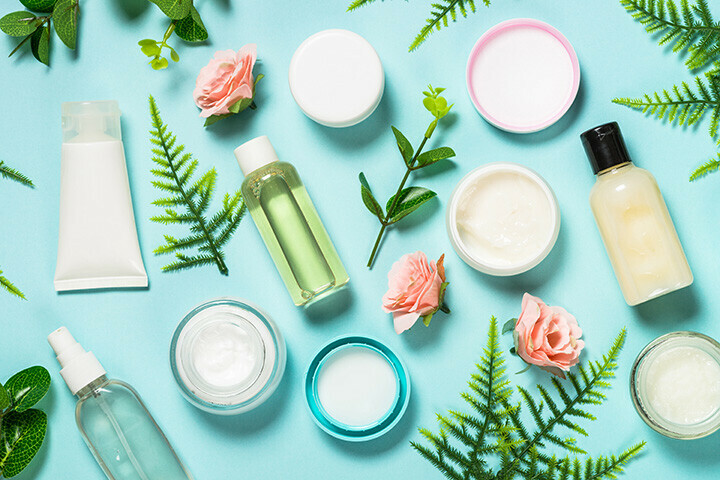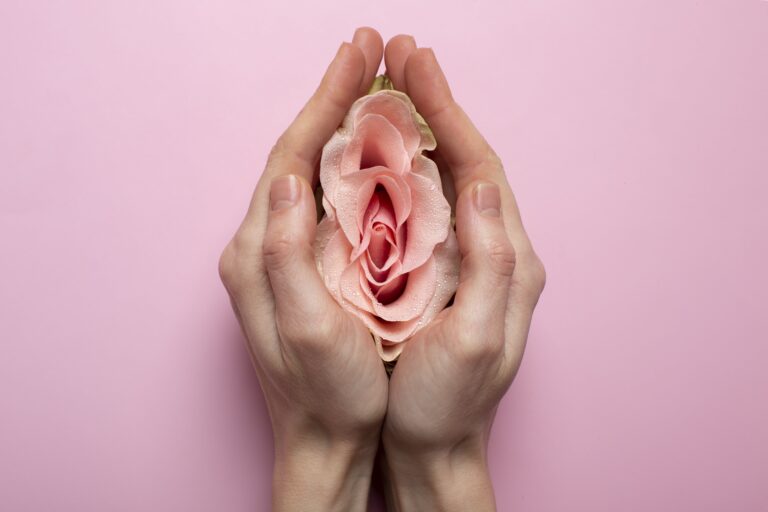
Australia’s approach to beauty and self-care is deeply influenced by its unique climate, its connection to nature, and a growing emphasis on holistic well-being. While embracing global trends, Australia has also cultivated its own distinct beauty and self-care ethos, characterized by a focus on natural ingredients, sun protection, and a relaxed, healthy lifestyle.
Given Australia’s abundant sunshine and outdoor culture, sun protection is paramount in the national beauty and care routine. Public health campaigns have long emphasized the importance of sunscreen, protective clothing, and seeking shade to prevent skin cancer. As a result, high-quality sunscreens with broad-spectrum protection are a staple in Australian households, and many beauty products incorporate SPF. This awareness of sun safety has shaped the market, with a strong demand for effective and cosmetically elegant sun protection options.
Australia is also rich in unique native botanicals, and these ingredients are increasingly finding their way into beauty and skincare products. Extracts from Kakadu plum (known for its high vitamin C content), tea tree oil (renowned for its antibacterial properties), eucalyptus oil, and various native flowers and fruits are prized for their natural efficacy and are often marketed as key ingredients in Australian-made beauty brands. This focus on natural and indigenous ingredients aligns with a broader global trend towards clean beauty and a desire for products that are both effective and environmentally conscious.
The concept of “wellness” is deeply intertwined with the Australian approach to beauty and self-care. It goes beyond just skincare and makeup to encompass physical health, mental well-being, and a balanced lifestyle. This holistic view is reflected in the popularity of activities like yoga, Pilates, and outdoor exercise, as well as a growing interest in mindfulness and stress reduction techniques. Beauty is often seen as an outward reflection of inner health and vitality.
Australian beauty brands often emphasize a “less is more” approach, focusing on effective, multi-tasking products that simplify routines. This aligns with the practical and time-conscious nature of many Australians. There is a growing demand for skincare that addresses specific concerns, such as hydration, anti-aging, and sensitivity, without unnecessary fillers or harsh chemicals.
The Australian beauty market is also influenced by global trends, particularly from Europe, Asia, and the United States. Korean beauty (K-beauty) and Japanese beauty (J-beauty) trends, with their emphasis on gentle formulations and innovative ingredients, have gained popularity in Australia. Similarly, the focus on inclusivity and diversity in beauty campaigns, seen globally, is also reflected in the Australian market.
The role of social media and influencers is significant in shaping beauty and self-care trends in Australia. Local beauty bloggers and influencers share their favorite products, routines, and tips, often focusing on Australian brands and products that are well-suited to the local climate and lifestyle. This creates a strong sense of community and can drive consumer purchasing decisions.
The men’s grooming market in Australia is also growing, with an increasing range of skincare, haircare, and grooming products specifically formulated for men. This reflects a broader societal shift towards men taking a greater interest in their appearance and well-being.
Sustainability is another important consideration in the Australian beauty and care market. Consumers are increasingly seeking brands that prioritize ethical sourcing, eco-friendly packaging, and cruelty-free practices. Australian brands that align with these values often resonate strongly with local consumers.
In conclusion, the Australian approach to beauty and self-care is a blend of practicality, a deep appreciation for nature, and a growing emphasis on holistic well-being. Sun protection remains a cornerstone, alongside a preference for natural ingredients and a “less is more” philosophy. While influenced by global trends, the Australian beauty market has cultivated its own distinct identity, reflecting the unique climate and lifestyle of the nation. As the focus on wellness and sustainability continues to grow, the Australian beauty and care landscape will likely continue to evolve, prioritizing healthy, effective, and environmentally conscious practices.
External Reference: The Therapeutic Goods Administration (TGA) in Australia regulates cosmetics to ensure their safety and quality. Their website provides information on regulations and guidelines for cosmetic products.



